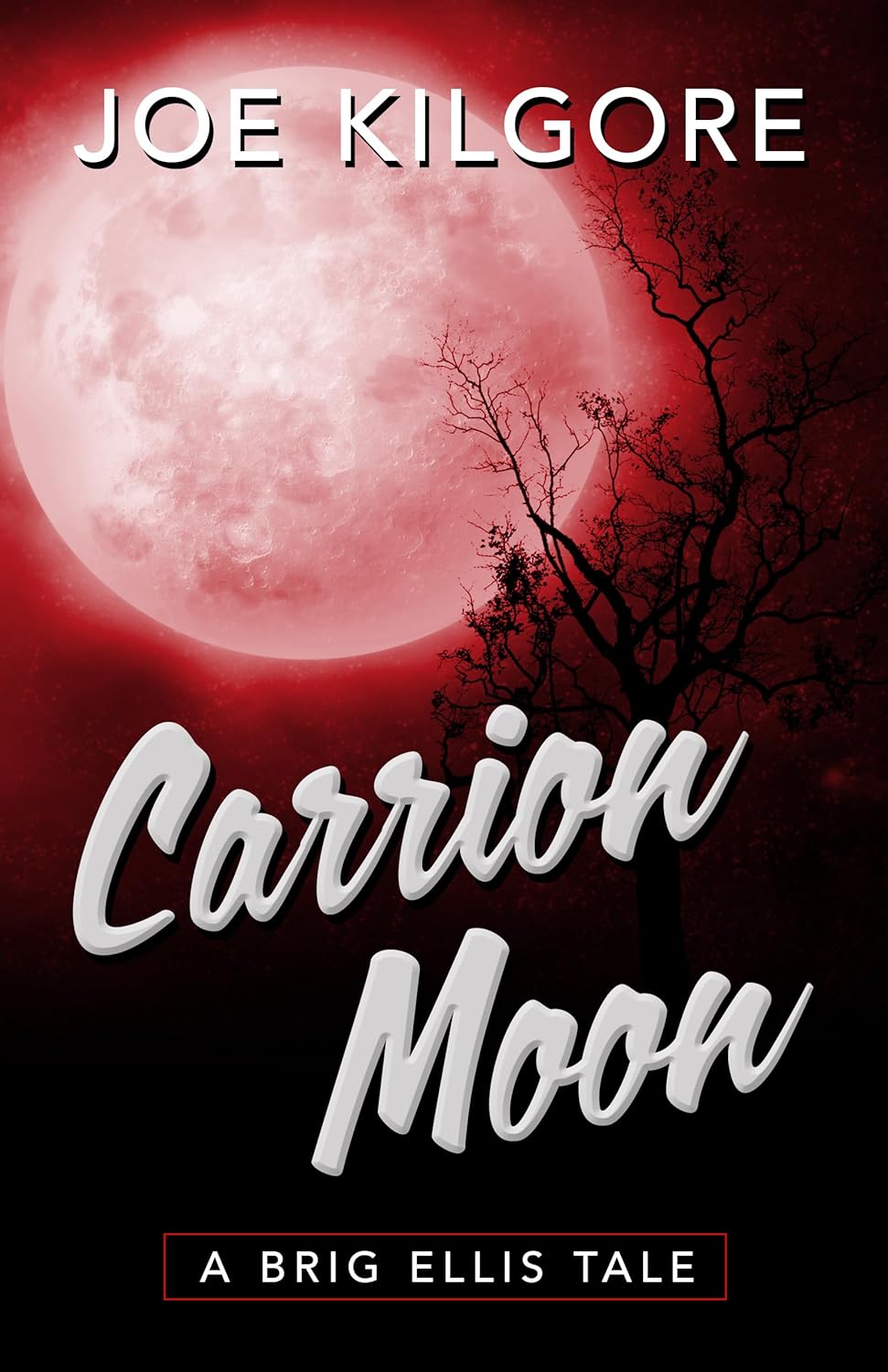"Stillness Amid The Chaos"
Sunday, February 21st, 2010The novella is more an acquaintance than a friend. It’s like someone you meet in a bar, have an interesting conversation with, then go your separate ways. Longer than a short story, it carries the burden of some degree of thought as well as action. Shorter than a novel, it’s granted permission to make its point without overindulgence in plot or characterization. Yet it still must meet the demands of fiction to create time and place and space where the reader can lose himself.
All those demands are met by Saul Bellow’s The Actual. Not surprisingly so, you probably assume. For certainly anyone who won the Nobel Prize for Literature, the Pulitzer Prize, and the National Book Award (3 different times) must surely be able to turn out an appetizing novella. It’s not always the case. Often it’s more difficult to say something in a few words than a torrent of them.
The Actual is peopled with the old. The very old. The old in spirit. And those who are born old. The lovely thing about it though, is that it reaffirms what we all hope. That youth, however distant, is never forgotten. And while it can’t be recovered, it can be relied upon to make us feel that perhaps life was somewhat worthwhile after all.
The bare bones of the plot are these. A middle-aged fellow is taken into the inner circle of a man of immense wealth. He is valued by the rich man for his ability to observe what goes on between the lines. What happens when people are not speaking but reacting to things that have been said. Now that the old fellow is too ancient to make deals and build empires and rule vast armies of employees, he spends his time investing his energy in personal mergers and human acquisitions and the fallout they create. Within this orbit, the middle-aged man regains contact with his first love. Both have been married to others since they last saw each other, she, a couple of times. The intrigue, if you’re looking for some, is whether or not they’ll revive what they never really had in the first place. Or whether they’ll find something better. Or whether they’ll simply go their separate ways.
Of course, reading Saul Bellow for plot is usually a thankless affair. What really satisfies is his use of language, his insights into human nature, his descriptions of things real and imagined. The Actual takes place in Chicago, Bellow’s home for much of his life. There’s enough mention of Lincoln Park and the Gold Coast and the el (the elevated train) to ground you in the aura of one of the country’s most distinct cities. But it’s the people who populate the pages that make this novella memorable. The man who masks his emotions, the woman who can’t, the dead husband continuing to play tricks on his widow, friends and family, the elite who look for ways to do the impossible; to keep everything they have yet still be able to start all over again.
The Actual (of the title), Bellow would have you believe, is the sum of the feelings the story’s narrator has maintained for his unrequited love over the years. But you may, like The Fiction Fortune Hunter, find it’s really the author’s ability to create what he once said of art. “I feel that art has something to do with the achievement of stillness amid the chaos.”
